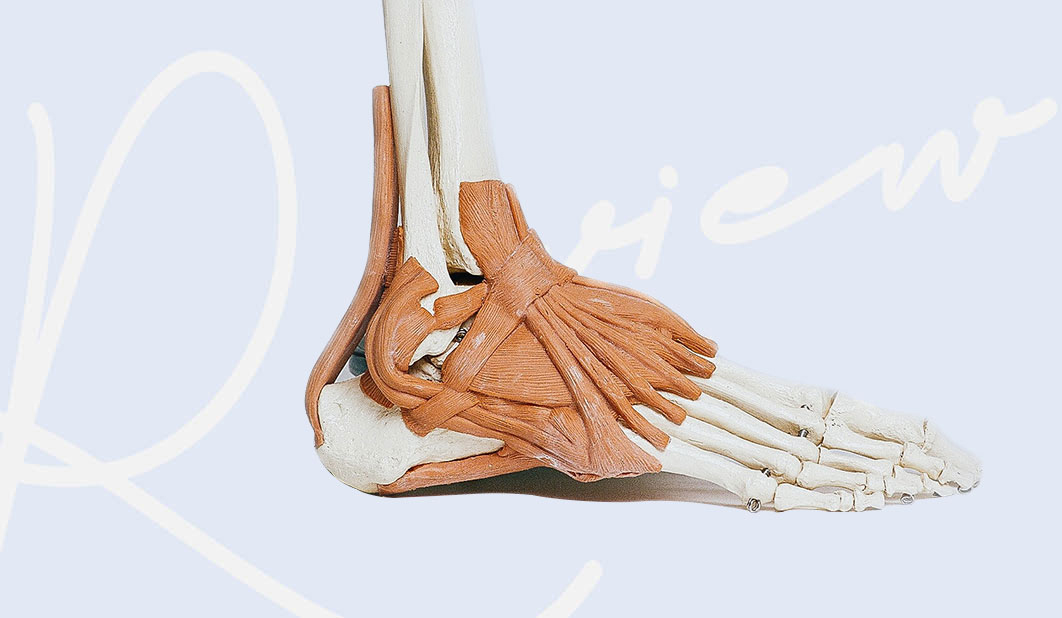Dr. Innes understands that every shoulder condition and injury is unique. He takes a personalized and conservative approach to shoulder injuries, recommending surgery only when less invasive treatments have proven ineffective.
Whether surgical or non-surgical, the shoulder treatments that Dr. Innes offers seek to restore proper movement, strengthen muscles and joints, and increase the range of motion of the shoulder joint. Dr. Innes consults with patients about the optimal care path for their shoulder condition with the aim of getting patients back to their normal lives with as little downtime as possible.
Some rotator cuff injuries may heal on their own over time. If you are still experiencing pain after conservative measures have been taken, or if your tear is the result of a traumatic injury, your doctor may suggest surgery to repair the tear, relieve your pain, and restore your mobility.
There are a number of surgical procedures to repair a rotator cuff tear, ranging from smoothing partial tears to stitching the torn tendon, to re-attaching the tendon to the humerus bone with anchors. Dr. Innes will help you to determine the procedure most appropriate for you and for the extent of your injury.
Regardless of the procedure, Dr. Innes' innovative techniques may allow him to repair your rotator cuff tear on an outpatient basis with mini-open surgery (requiring only a two- to three-inch incision) or arthroscopic surgery (using a fiber optic scope, requiring even smaller incisions).
A SLAP lesion, (which stands for a tear in the Superior Labrum, Anterior to Posterior) occurs when the labrum is torn from front to back.
Shoulder SLAP repair is performed using arthroscopic surgery. Under general anesthetic and a nerve block, the torn labrum is reattached using sutures and small bone anchors. Following surgery the patient will need to wear a sling. The end result is generally very favorable and we encourage you to contact Dr. Innes to find out whether SLAP repair is right for you.
The aim of arthroscopic shoulder stabilization surgery is to restore stability to the shoulder by reducing the size of the area that has been overstretched and to attach the labrum back to the bone. Dr. Innes will conduct a thorough examination to determine if there is any damage to your shoulder muscles or nerves and how much damage needs repairing.

